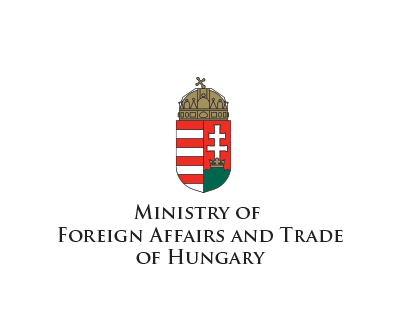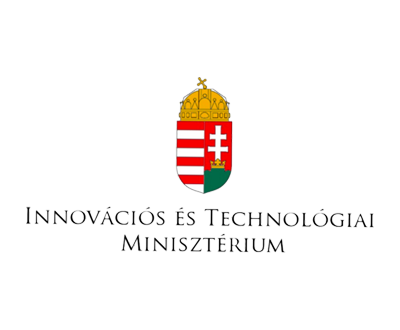Understanding Antikoagulancia Essential Insights and Applications

Antikoagulancia, or anticoagulants, play a crucial role in the prevention and treatment of thromboembolic disorders. These medications are designed to reduce the formation of blood clots, thus significantly decreasing the risk of conditions such as stroke, heart attack, and venous thromboembolism. Understanding the mechanisms of antikoagulancia and their clinical applications is vital for healthcare professionals and patients alike. For more insights into these medications, visit Antikoagulancia antikoagulanty.
What Are Antikoagulancia?
Antikoagulancia are substances that prevent blood coagulation. They are commonly used in various clinical settings, particularly for patients with a history of clotting disorders or those who are at a high risk of developing blood clots. These medications can be broadly classified into several categories, including Vitamin K antagonists, direct thrombin inhibitors, and factor Xa inhibitors. Each class has unique mechanisms of action, therapeutic indications, and management strategies.
Mechanisms of Action
The primary function of antikoagulancia is to inhibit the coagulation cascade, which is the series of steps that lead to the formation of a blood clot. Different anticoagulants act at various points along this pathway:
- Vitamin K antagonists: This class, including warfarin, inhibits the synthesis of Vitamin K-dependent clotting factors (II, VII, IX, and X) in the liver. By reducing the availability of these factors, warfarin prevents the formation of clots.
- Direct thrombin inhibitors: Medications such as dabigatran directly inhibit thrombin (factor IIa), preventing the conversion of fibrinogen to fibrin, which is essential for clot formation.
- Factor Xa inhibitors: These agents, such as rivaroxaban and apixaban, inhibit factor Xa in the coagulation pathway, blocking both the intrinsic and extrinsic coagulation pathways.

Indications for Use
Antikoagulancia are indicated in a variety of clinical scenarios, including:
- Prevention of stroke in patients with atrial fibrillation: Anticoagulants help reduce the risk of stroke by preventing blood clots from forming in the heart.
- Treatment and prevention of venous thromboembolism (VTE): Antikoagulancia are essential in treating deep vein thrombosis (DVT) and pulmonary embolism (PE).
- Management of acute coronary syndrome: These medications can help prevent clot formation in patients with unstable angina or myocardial infarction.
Risks and Side Effects
While antikoagulancia are effective in managing thromboembolic disorders, they also carry risks, primarily related to bleeding. Patients on anticoagulation therapy are at an increased risk of both minor and major bleeding events. Common side effects include:
- Gastrointestinal bleeding
- Intracranial hemorrhage
- Bruising and prolonged bleeding from cuts

It is essential for healthcare providers to monitor patients closely, especially when initiating therapy or when dosages are adjusted. Regular blood tests, such as INR (International Normalized Ratio) monitoring for patients on warfarin, are critical for maintaining therapeutic levels and minimizing bleeding risks.
Patient Management and Education
Education is a cornerstone of effective management for patients on antikoagulancia. Healthcare providers should inform patients about the importance of adherence to prescribed therapies, the need for regular monitoring, and the signs of potential complications, such as unusual bruising or bleeding. Additionally, patients should be advised on lifestyle modifications, dietary considerations (particularly with Vitamin K intake for warfarin users), and the importance of informing other healthcare providers about their anticoagulant therapy before any surgical procedures.
Conclusion
Antikoagulancia are a vital component of modern medicine, providing significant benefits in the management and prevention of thromboembolic disorders. Understanding their mechanisms, indications, and associated risks allows healthcare providers to optimize patient outcomes. With proper management and patient education, the safe use of these medications can greatly reduce the incidence of life-threatening conditions related to blood clots.
In summary, antikoagulancia are indispensable in the treatment of various diseases and conditions associated with abnormal blood coagulation. As research continues to evolve, new and improved anticoagulant medications will likely emerge, further enhancing patient care and safety in this critical area of medicine.





